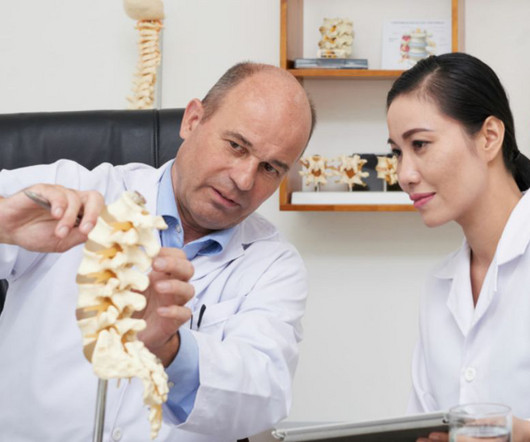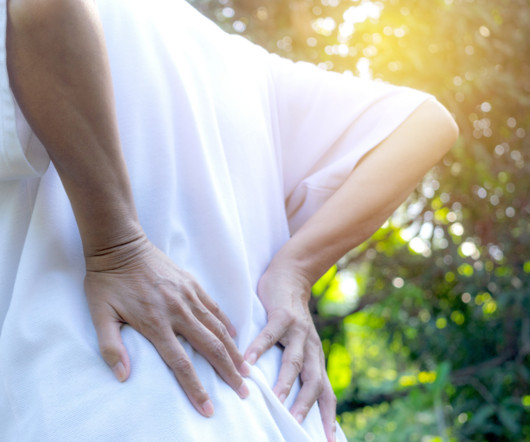Chiropractic research trends and current hotspots
Chiropractic Economics
NOVEMBER 13, 2024
For example, from the early 1990s to the early 2000s, cervical vertebrae and injury were among the trending keywords. Fast forward to 2015 to today and the top trending keywords include quality of life, musculoskeletal pain , chronic pain, and skills. Certain keywords have also trended at different points in time.











Let's personalize your content